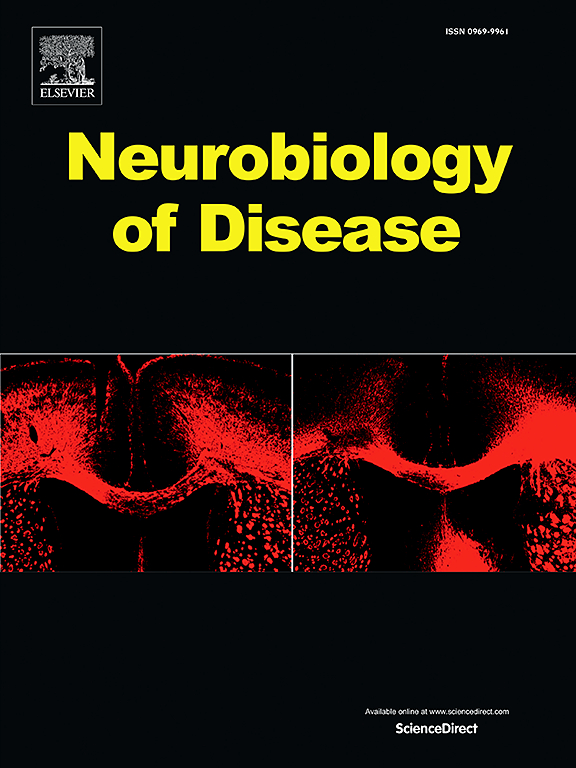Integrated multi-omics insight into the molecular networks of oxidative stress in triggering multiple sclerosis
IF 5.1
2区 医学
Q1 NEUROSCIENCES
引用次数: 0
Abstract
Oxidative stress (OS) is a key pathophysiological mechanism in multiple sclerosis (MS). However, the underlying mechanisms by which OS triggered MS remain unknown. To identify potential causal targets of 1216 OS-related genes for MS, a summary-data-based Mendelian randomization (SMR) method was applied. Given that genes can exert their biological functions through different omics levels, the multi-omics SMR integrating expression, methylation, and protein quantitative trait loci (eQTL, mQTL, and pQTL) of OS-related genes from blood and brain tissues was utilized. Bayesian colocalization test was conducted to examine potential regulatory mechanisms of QTL risk variation in MS. To verify the robustness of our results, we validated these findings in FinnGen cohort. Furthermore, the QTL evidence levels, colocalization findings, and replication cohort results were integrated and potential target genes were categorized into three levels. Consequently, three genes (BACH2, TRAF3, and MAPK3) were identified as potential contributors to MS in blood, and four genes (HMGCL, TSFM, TRAF3 and HLA-B) were identified as potential contributors to MS in brain tissue. Additionally, HMGCL and TSFM from brain tissue were supported by first-level evidence related to MS and were validated via in vitro experiments. This research not only contributed to fundamental research of OS in MS but also supported the identification of potential targets for clinical interventions in MS.
综合多组学洞察氧化应激触发多发性硬化的分子网络
氧化应激(OS)是多发性硬化症(MS)的重要病理生理机制。然而,OS触发MS的潜在机制尚不清楚。为了确定1216个MS相关基因的潜在致病靶点,采用了基于汇总数据的孟德尔随机化(SMR)方法。考虑到基因可以通过不同组学水平发挥生物学功能,我们利用了整合os相关基因在血液和脑组织中的表达、甲基化和蛋白质数量性状位点(eQTL、mQTL和pQTL)的多组学SMR。为了验证我们的结果的稳健性,我们在FinnGen队列中验证了这些发现。此外,将QTL证据水平、共定位结果和复制队列结果进行整合,并将潜在靶基因分为三个水平。因此,我们确定了3个基因(BACH2、TRAF3和MAPK3)是血液中MS的潜在贡献者,4个基因(HMGCL、TSFM、TRAF3和HLA-B)是脑组织中MS的潜在贡献者。脑组织HMGCL和TSFM具有与MS相关的一级证据支持,并通过体外实验得到验证。本研究不仅为MS OS的基础研究做出了贡献,也为MS临床干预的潜在靶点的确定提供了支持。
本文章由计算机程序翻译,如有差异,请以英文原文为准。
求助全文
约1分钟内获得全文
求助全文
来源期刊

Neurobiology of Disease
医学-神经科学
CiteScore
11.20
自引率
3.30%
发文量
270
审稿时长
76 days
期刊介绍:
Neurobiology of Disease is a major international journal at the interface between basic and clinical neuroscience. The journal provides a forum for the publication of top quality research papers on: molecular and cellular definitions of disease mechanisms, the neural systems and underpinning behavioral disorders, the genetics of inherited neurological and psychiatric diseases, nervous system aging, and findings relevant to the development of new therapies.
 求助内容:
求助内容: 应助结果提醒方式:
应助结果提醒方式:


